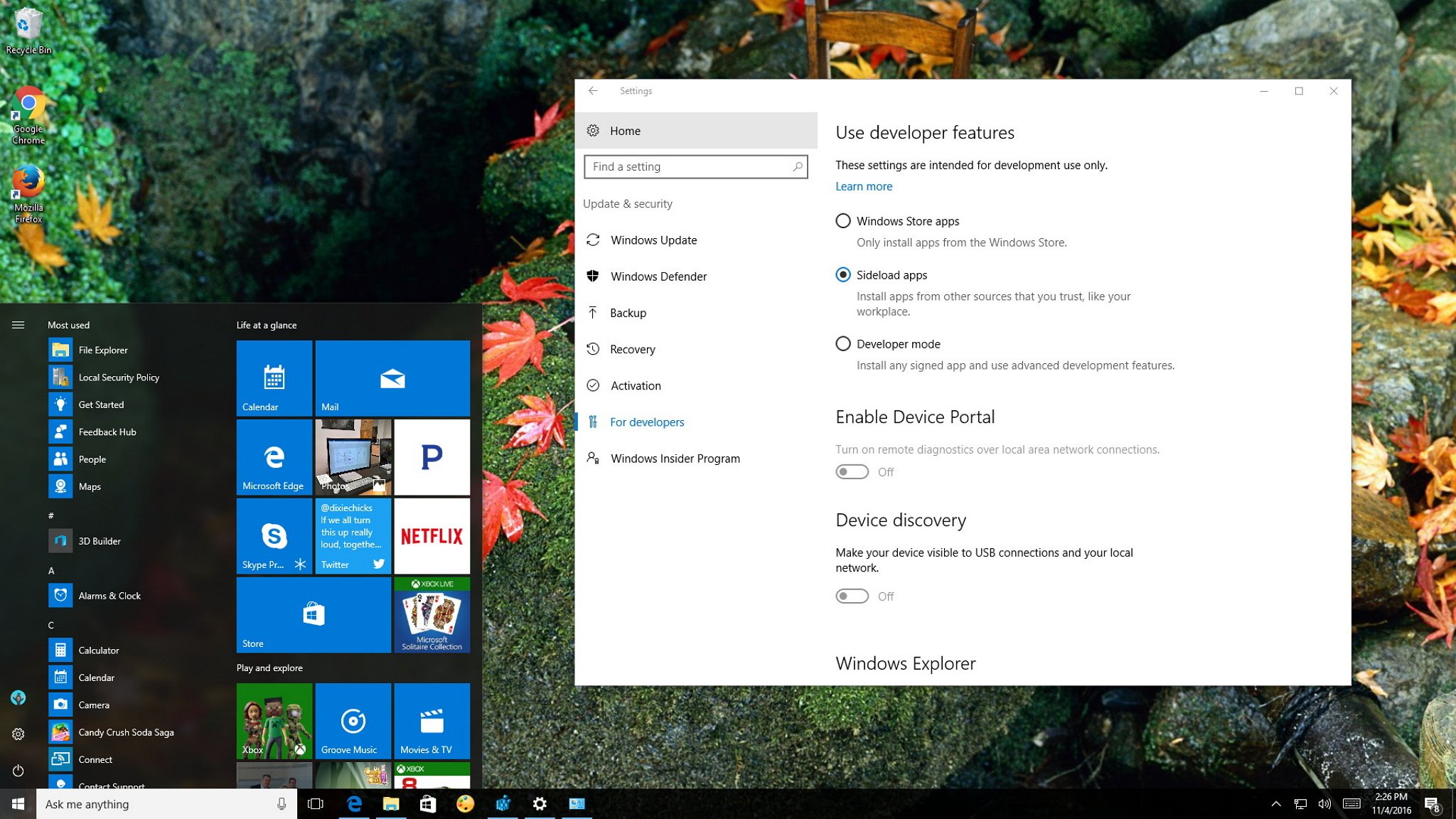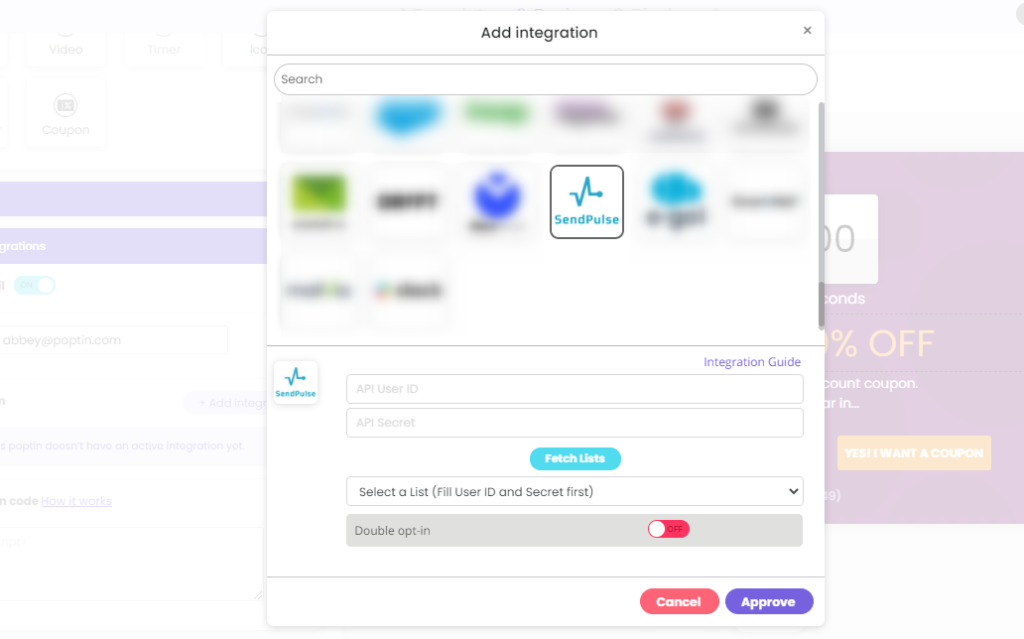The Complete Guide to Our Campus Map
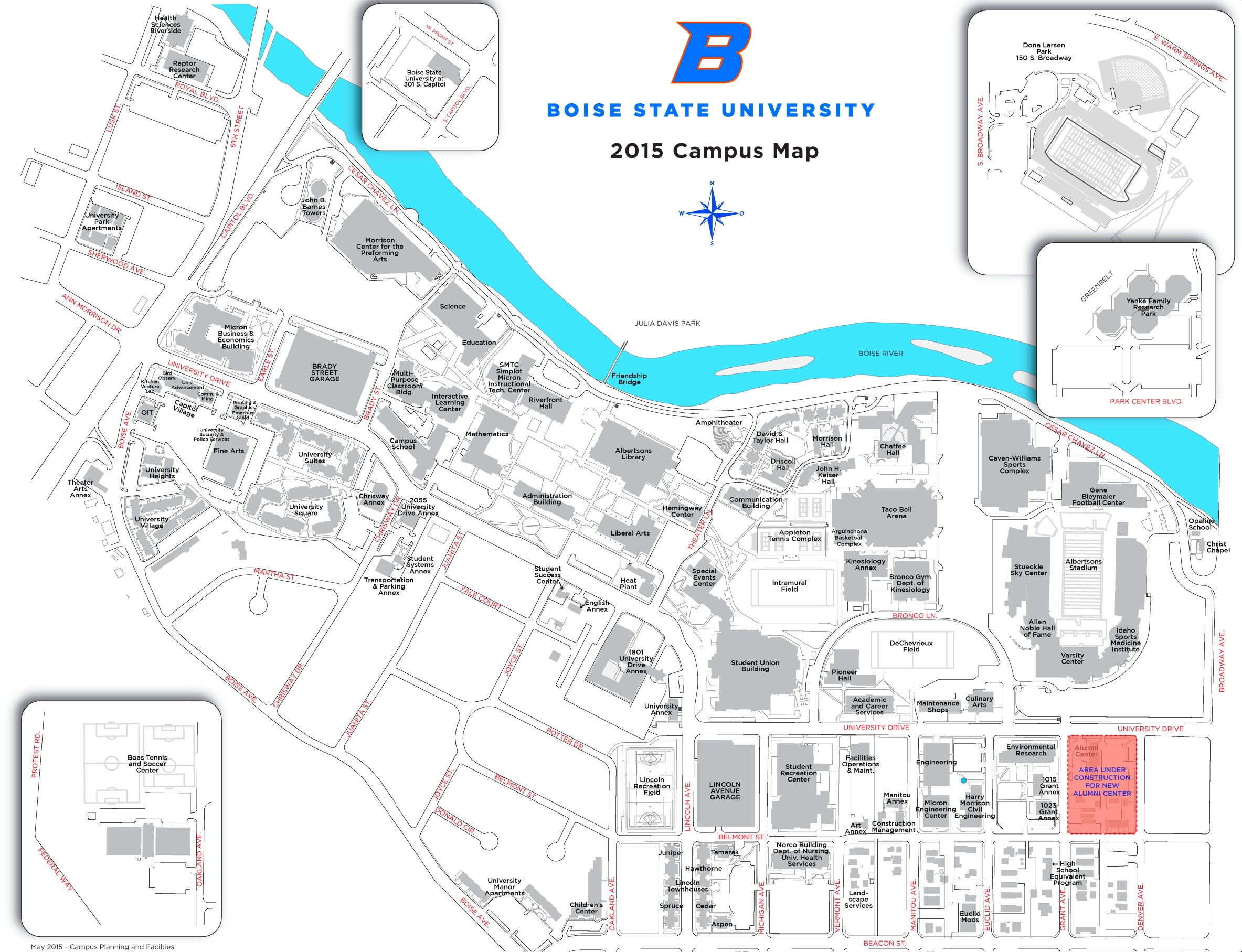
Welcome to our comprehensive guide to navigating our vibrant and bustling campus! Whether you're a new student eager to explore every corner or a seasoned staff member looking for a quick refresher, this guide will serve as your trusted companion. Our campus is a dynamic and ever-evolving space, and we're excited to share its secrets and shortcuts with you. From historic landmarks to state-of-the-art facilities, each building and path has a story to tell. So, let's embark on this journey together and unlock the full potential of our campus map.
Understanding the Campus Layout
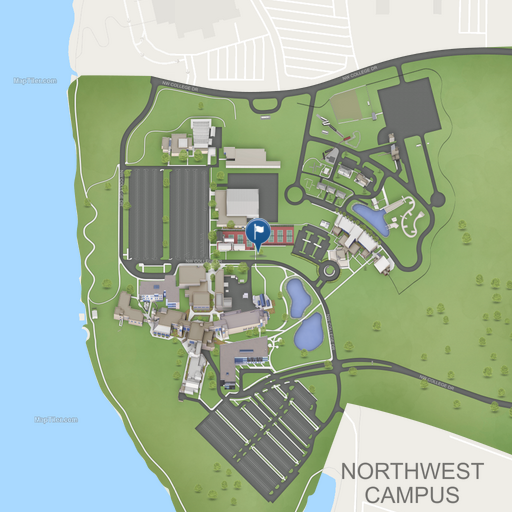
Our campus is a masterpiece of urban planning, designed to inspire and facilitate academic excellence. With a rich history spanning over a century, our campus has evolved into a modern hub of learning and innovation. Spread across [insert area in acres/hectares], the campus is a diverse landscape, featuring a blend of architectural styles and natural beauty. From the iconic clock tower to the newly constructed research centers, every building is strategically placed to create a harmonious academic environment.
Key Landmarks and Landmarks
At the heart of our campus lies the majestic Main Hall, a Victorian-era building that has witnessed the university’s growth and evolution. This landmark serves as the central hub, housing administrative offices and a grand auditorium. Just a short walk away, you’ll find the vibrant Student Union, a modern space designed for social interaction and relaxation. The Student Union is the perfect spot to grab a bite, meet friends, or attend social events.
For those seeking academic resources, the expansive Library Quadrangle is a must-visit. This complex consists of four interconnected libraries, each specializing in different fields, offering a wealth of knowledge and a quiet study environment. Adjacent to the libraries, the Science Complex boasts cutting-edge laboratories and research facilities, attracting scholars and researchers from around the globe.
The campus also boasts a range of recreational facilities. The Sports Center, located on the eastern side, features an Olympic-sized swimming pool, a state-of-the-art gym, and outdoor sports fields. The recently renovated Art Wing, on the western side, showcases student talent with its art galleries and performance halls.
| Landmark | Description |
|---|---|
| Main Hall | Victorian-era administrative hub and auditorium. |
| Student Union | Modern social space with dining and event facilities. |
| Library Quadrangle | Four specialized libraries offering a wealth of academic resources. |
| Science Complex | Advanced research facilities and laboratories. |
| Sports Center | Olympic pool, gym, and outdoor sports fields. |
| Art Wing | Art galleries and performance halls showcasing student talent. |
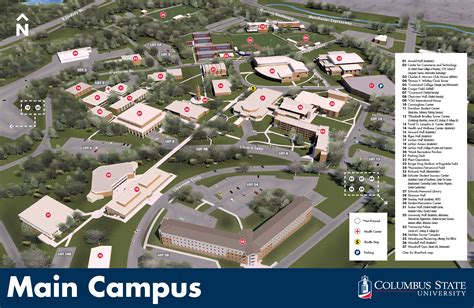
Navigating with Ease
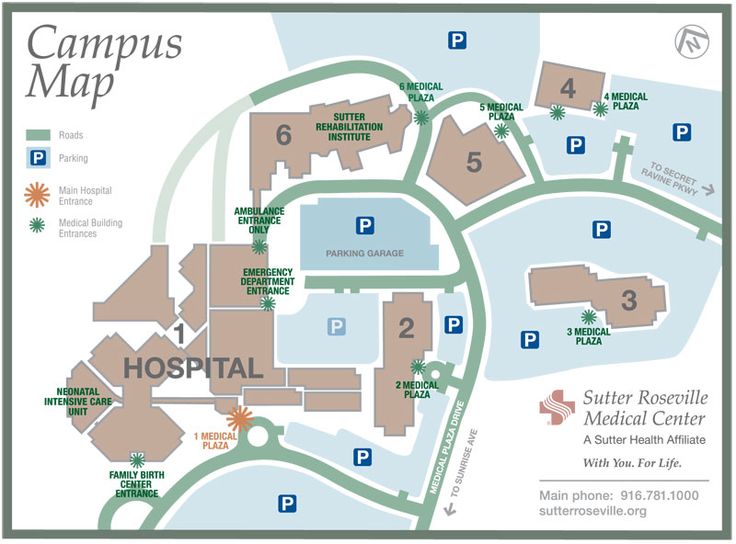
Understanding the campus layout is just the first step; now, let’s delve into the art of efficient navigation. With a vast array of buildings and facilities, finding your way around can seem daunting at first. However, with a few simple tips and tricks, you’ll be navigating like a pro in no time.
Using the Digital Campus Map
In today’s digital age, we’ve made it easier than ever to navigate our campus with the official digital campus map. Accessible via the university app or website, this interactive map provides a bird’s-eye view of the entire campus. You can search for specific buildings, departments, or amenities, and the map will guide you with clear directions and estimated walking times.
The digital map also offers additional features, such as real-time updates on building accessibility and event notifications. You can even save your favorite locations for quick access, making your daily commute a breeze.
Wayfinding Signage
For those who prefer a more traditional approach, our campus is well-equipped with comprehensive wayfinding signage. Located at key intersections and building entrances, these signs provide clear directions and building names, making it easy to orient yourself.
Each building also displays its unique identifier, making it simple to locate and recognize. Whether you're looking for a specific classroom or office, these identifiers, combined with the building's name, will guide you effortlessly.
Shortcut Secrets
While the official paths and routes are designed for efficiency, our campus also offers a network of shortcuts and hidden paths. These shortcuts can save you valuable time and provide a more scenic route. For example, a hidden staircase behind the Science Complex offers a quick descent to the lower campus, perfect for those in a hurry.
Additionally, our campus features a network of pedestrian bridges, connecting different buildings and areas. These bridges not only provide a faster route but also offer a unique perspective of the campus, allowing you to appreciate the architecture and natural beauty from above.
Accessibility and Inclusivity
At the heart of our campus map is a commitment to accessibility and inclusivity. We strive to ensure that every member of our community, regardless of ability or mobility, can navigate our campus with ease and dignity.
Accessible Pathways and Amenities
All main pathways and routes on our campus are designed with accessibility in mind. Wide sidewalks, gentle slopes, and tactile paving provide a safe and comfortable walking experience for all. Additionally, our campus features a range of accessible amenities, including ramps, elevators, and accessible restrooms, ensuring that everyone can access every building and facility.
For those with visual impairments, we've implemented a series of tactile wayfinding markers and audible signals at key intersections. These markers, combined with braille signage, provide vital information and guidance, allowing individuals to navigate independently and with confidence.
Inclusive Design and Universal Access
Our campus is designed with a strong focus on universal access, ensuring that every space is inclusive and welcoming. From the layout of classrooms to the design of outdoor spaces, every detail is considered to create an environment that accommodates diverse needs.
For example, our lecture halls and classrooms feature flexible seating arrangements, allowing for a range of learning styles and accommodations. Outdoor spaces are designed with a mix of hard and soft landscaping, providing accessible pathways and gathering areas for all.
Future Developments and Enhancements
As our campus continues to grow and evolve, so does our commitment to providing an exceptional navigation experience. We’re constantly exploring new technologies and innovations to enhance our campus map and improve accessibility.
Smart Campus Initiatives
In line with our vision for a smart and sustainable campus, we’re implementing a range of smart campus initiatives. These initiatives leverage technology to create a more connected and efficient campus experience. From real-time bus tracking to smart lighting and energy management systems, we’re working towards a greener and more responsive campus.
Expanded Wayfinding Options
To cater to diverse navigation preferences, we’re exploring the integration of augmented reality (AR) and virtual reality (VR) technologies into our campus map. These innovative tools will provide immersive and interactive wayfinding experiences, offering a new level of engagement and accessibility.
Additionally, we're expanding our wayfinding options to include multilingual support, ensuring that international students and visitors can navigate our campus with ease in their native language.
Community Engagement and Feedback
At the core of our campus map development is a commitment to community engagement and feedback. We value the insights and experiences of our students, staff, and visitors, and we actively seek their input to improve our navigation systems.
Through regular surveys, focus groups, and feedback channels, we gather valuable insights and suggestions for enhancements. This collaborative approach ensures that our campus map remains relevant, inclusive, and responsive to the needs of our diverse community.
Conclusion: A Campus Map for All
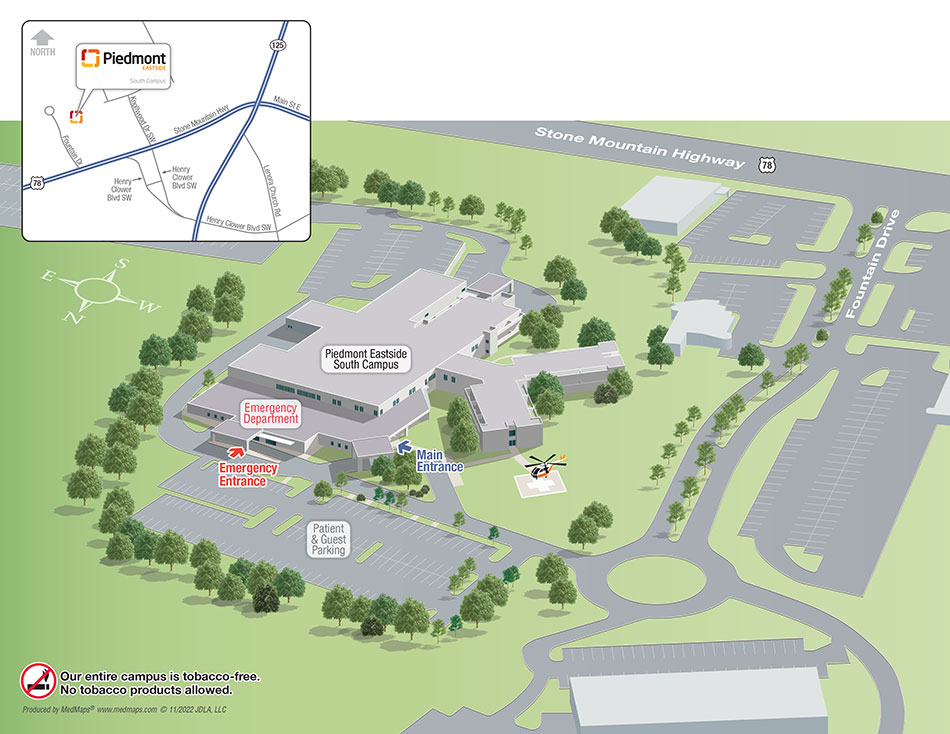
Our campus map is more than just a guide; it’s a tool that empowers and connects our community. By understanding our campus layout, leveraging digital and traditional navigation aids, and prioritizing accessibility and inclusivity, we create an environment where everyone can thrive.
As we continue to innovate and enhance our campus map, we invite you to explore, discover, and create your own unique path. Whether you're a student, staff member, or visitor, our campus is yours to discover and enjoy. So, let's embark on this journey together and unlock the full potential of our vibrant and dynamic campus.
How often is the digital campus map updated?
+The digital campus map is updated regularly to reflect any changes or developments on campus. Updates are typically made on a monthly basis, ensuring that the map remains accurate and up-to-date.
Are there any campus tours available for new students?
+Yes, we offer guided campus tours for new students to help them familiarize themselves with the layout and key landmarks. These tours are typically led by student ambassadors and provide a comprehensive overview of the campus.
What accessibility features are available for those with hearing impairments?
+Our campus offers a range of accessibility features for those with hearing impairments. This includes visual alerts and captioning systems in public spaces, as well as sign language interpretation services upon request. We strive to ensure that all individuals can access and engage with campus life.

